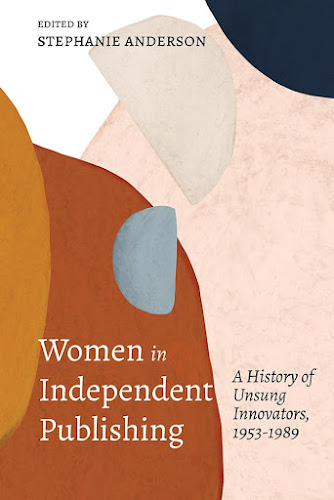On reading May Sarton Plant Dreaming Deep
It might happen that to the hand comes a book: hardbound with cloth, dustjacket long gone. The tightly woven canvas of the book is green and has a texture; the book has feel. The inside cover is still tight and green and gracefully sun struck. Thumbing the text against the palm is a remembrance of high-quality paper, of books with deckled edges. Suddenly, there is also the remembrance of how one reads such books—with care for both the entity and the words within.
The volume has a 1968 copyright, and photographs. Prior to generic pixels, means of reproduction involved plates, and this book has a number of them: of the author across from the title page, across from each of the fifteen chapters. It is a testament to the prowess of the publisher then to have been able to release such a book; and there the crest of WWNorton.
Of course, an AI overview of the work at hand is infuriatingly superficial, but not untrue—let consideration for such broad gloss not be here. Yes, the work is a memoir of buying a house in the middle of the twentieth century—readers will gasp at the minuscule monetary amounts mentioned. Nor ought to readers, getting a glimpse of the list of previous publications, be surprised that the author, May Sarton, is readable. What becomes striking about the work becomes its nuances—as if coming across the volume itself—once a ubiquitous version of a book, now a vintage treasure—were not clue of serendipity enough.
Sarton’s reason for buying a house begins with her commitment to her ancestry: “ I enjoy beginning this chronicle with an evocation of two ancestors because in this house all the threads i hold in my hands have at last been woven together into a whole” (19), but she purchases her particular house in a remote location because of a bird
[...]under a stand of old maples, and there, a little back from the road, behind its semicircular drive, withdrawn from the village itself, stood the house. [...]The whole impression was one of grace and light within a classical form, and i was so bedazzled by this presence that for a moment i could only see, not hear. But then I heard it—an oriole, high up in one of the maples, singing his song of songs” (28)
For any bird lovers, Sarton beguiles aplenty throughout the seasons; she maintains feeders in winter “And sooner or later I must push hard to open the front door against the drifts and get myself out with seed for the bird feeders” (86), and weaves these perceptions with ones about solitude and the life of a writer.
Sarton also gardens, because she: “considers flowers a necessity, quite as necessary as food. So from spring until late October i spend the hour just after breakfast in the garden, [...]for whenever I look for the rest of the day there is always somewhere a shaft of light on flowers, and I feel them strongly as part of the whole presence of the house” (57).
It might seem, to those who are quintessentially transient, to be so thoroughly stay at home, and to do so in solitude. Sarton does socialize—she has guests, and becomes participatory in her community, but she also travels to teach. There might be some who consider Sarton’s determined retreat to be quaint; others might find themselves already in the solitude of which Sarton speaks. Certainly, the perceptions here are worthy for many reasons, giving Sarton’s simultaneously simplistic and complex style her worthy iconic status.
Su Zi is a writer, poet and essayist who produces a handmade chapbook series called Red Mare. She has been a contributor to GAS from back when it was called Gypsy Art Show, more than a decade ago.
Check out her author page on Amazon.


%20(1).jpeg)

%20(1)-2.jpeg)

%20(1)-2.jpeg)

%20(1)-2.jpeg)

%20(1)-2.jpeg)